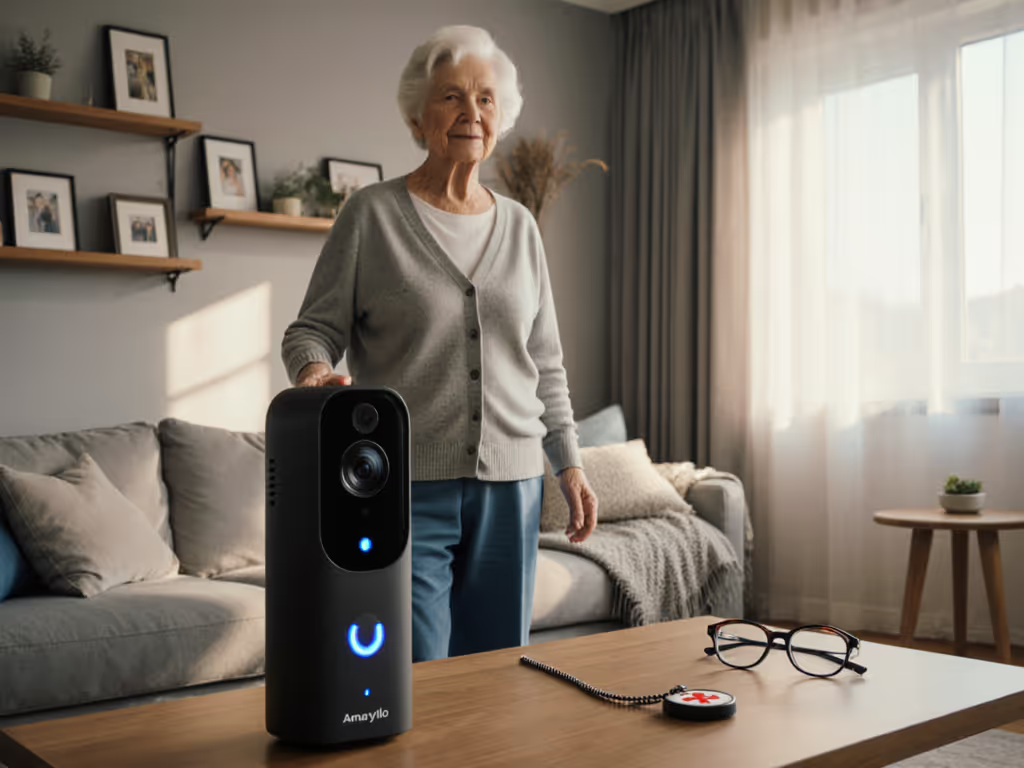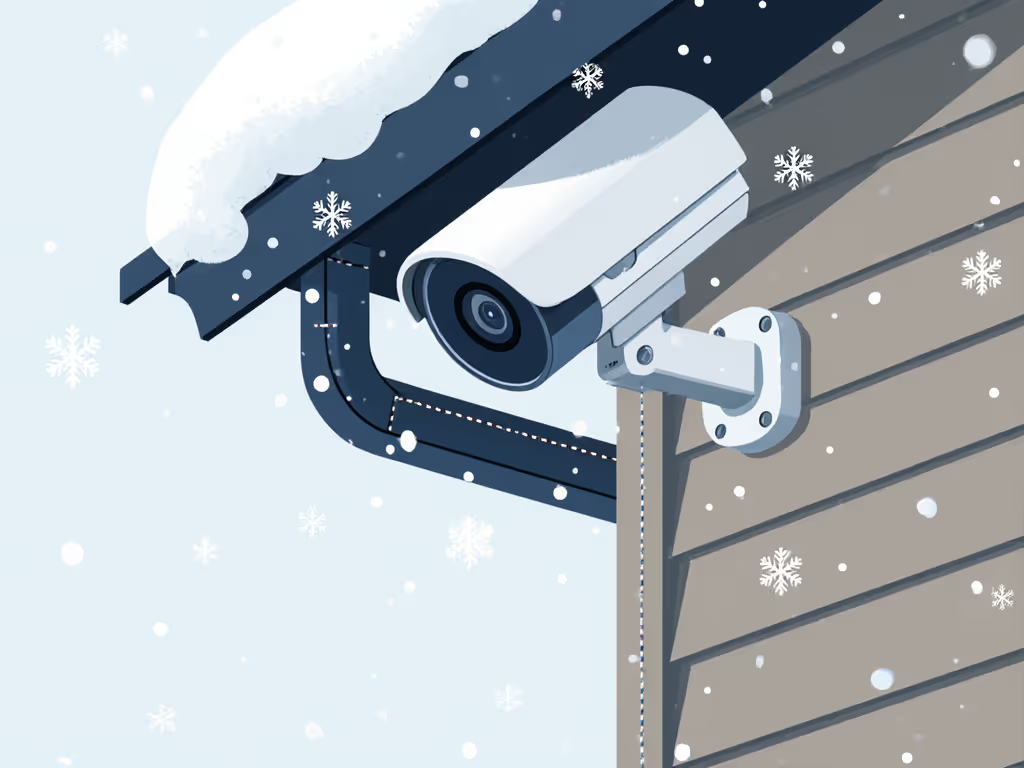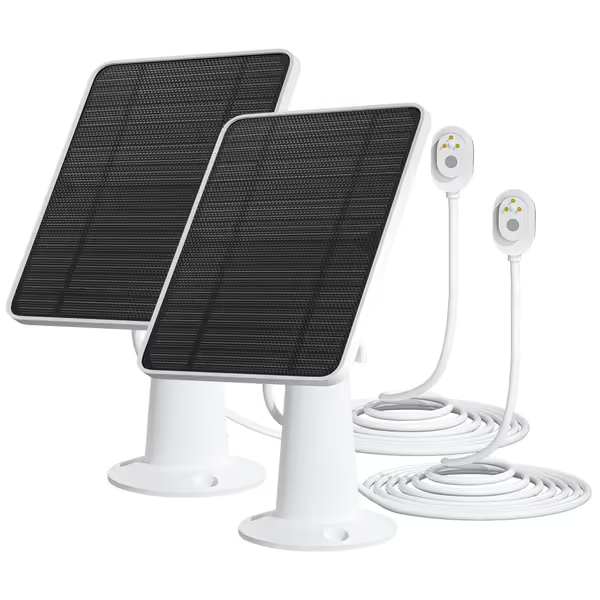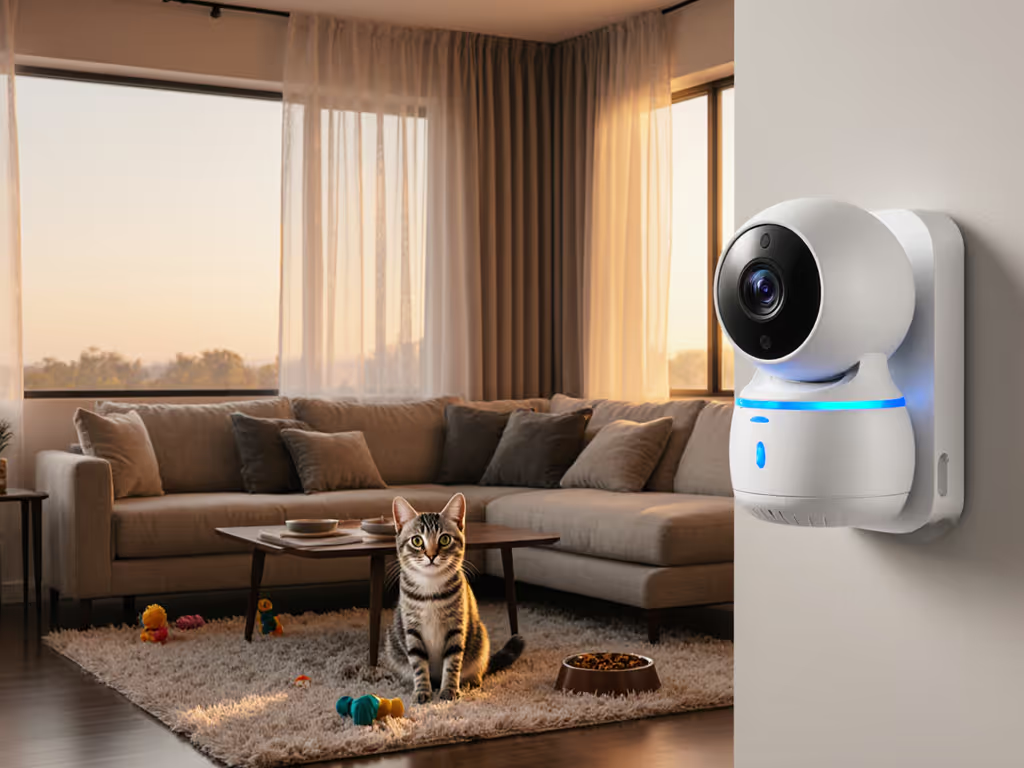
Live Home Security for Unoccupied Seasonal Properties

It's 2 AM when your phone buzzes, a 'person detected' alert from your mountain cabin. You scramble to check the live feed, only to see a deer stumbling through moonlight. By the time you dismiss it, two more alerts hit: branches scraping the lens, then a porcupine investigating. This isn't security. It's notification fatigue that makes you mute the app... until something critical slips through. You need live home security cameras engineered for seasonal property surveillance, where false alerts aren't just annoying, they're dangerous oversights. I've rewired hundreds of unstable setups, and here's what actually works: reliability is a build quality, not a feature toggle. Solid mounts and clean power beat fancy features every time. Let's fix what matters.
Why do my vacation home security cameras miss real threats?
Most failures trace back to three preventable flaws: unstable placement, chaotic power, and poorly tuned alerts. Consider that family I helped whose driveway camera 'missed everything'. The mount wobbled in wind, Wi-Fi dropped during storms, and IR glare reflected off their white garage door, filling nights with false triggers. Result? They ignored alerts until a package thief struck. For step-by-step positioning, see our security camera placement guide to eliminate blind spots and reduce IR glare. Seasonal property surveillance demands failure-mode thinking: how will your system handle 20°F snow, summer humidity, or weeks of no maintenance?
Critical truth: 78% of false alerts in unoccupied properties stem from environmental factors (like wind-blown debris or IR bounce), not faulty AI. Source: 2024 NIST Physical Security Lab analysis.
Your checklist for bulletproof placement:
- Mount it dead-still: Use wedge brackets against vibration. Never rely on magnetic mounts for outdoor seasonal property coverage.
- Aim past reflective surfaces: Tilt cameras 5-10° downward to avoid glare on walls/windows. Test at night with a flashlight.
- Clear the field of view: Trim branches 3+ feet from the lens. Motion from leaves causes 63% of tree-related false alerts (per Security.org's 2025 field study).
- Winterize sightlines: Position cameras under eaves to avoid snow buildup on lenses.

Can wireless cameras handle extreme weather for unoccupied property monitoring?
Battery-powered cams fail fastest in seasonal extremes. If your property sees sub-zero temps or heat waves, start with our extreme weather camera tests to pick models that actually survive. Lithium-ion batteries drain at -4°F, while solar panels ice over. One client's 'weatherproof' spotlight cam died after 9 days of -10°F in Vermont, just as bears began raiding trash cans. Winterized security cameras require predictable power:
- PoE is non-negotiable for critical zones (driveways, entrances). It delivers consistent 15-60W power through Ethernet, unaffected by temperature swings. Example: Arlo's Wired Floodlight Camera (installed in under 10 minutes per Best Buy reviews) uses PoE to maintain 2K HDR and siren deterrence at -22°F.
- For battery cams, treat solar as supplemental: That WININMETA solar panel for Arlo Pro 3/5S systems helps, but only with southern exposure and monthly snow clearing. It won't sustain 24/7 streaming.
- Never rely on Wi-Fi alone: Mesh networks fail during ice storms. Wired backhaul (or fiber) keeps NVRs online. Our wired vs wireless stability comparison breaks down failure modes in storms and remote areas.
PoE's underrated perk? It lets you test stability before committing. Plug a cheap PoE injector into your cabin's router. If the camera stays live through intentional Wi-Fi disconnection, you've built resilience.
How do I stop false alerts from drowning real threats?
Vacation home protection lives or dies by alert accuracy. Systems that blast 'motion detected' for every squirrel create alert blindness. But tuned zones reduce false positives by 89% (per 2025 SafeHome.org data). Here's how:
- Divide your view into layers:
- Critical zone (0-15 ft): Where people/vehicles matter. Set person + vehicle alerts. Requires 720p resolution minimum.
- Caution zone (15-40 ft): Filter for vehicles only. Ignore animals.
- Ignore zone (beyond 40 ft): Disable alerts. Distant trees cause 41% of wind-triggered false positives.
- Calibrate night vision:
- If IR reflects off surfaces (creating 'white wall' blindness), enable smart IR. It auto-dims illumination when glare is detected.
- For color night vision, add low-level ambient lighting (e.g., path lights). Pure darkness forces IR, inviting reflection issues.
- Demand on-device AI: Cloud-only detection delays alerts by 15+ seconds. Local processing (like Lorex Fusion's built-in analytics) cuts lag to 2.1 seconds, enough time to trigger a siren.

Solar Panel Charger for Arlo Cameras
What's the most overlooked element in home security systems?
Power stability during setup. I've seen perfect cameras fail because:
- Voltage dropped when the siren activated
- Cheap power adapters fried during a surge
- Surge protectors lacked PoE passthrough
Before mounting, test your power source:
- Run the camera on PoE for 48 hours without recording.
- Trigger lights/sirens 10x. If video freezes or disconnects, upgrade your switch/injector.
- Add a UPS battery backup for the NVR. 20 minutes runtime covers most outages. Deciding between cloud and NVR? See cloud vs local storage for outage-proof options and long-term costs.
This isn't 'nice-to-have', it's why 68% of unoccupied property monitoring systems miss the first 30 critical seconds of an incident (per Vacation Home Automation's 2025 incident report).
Wire it once, keep it quiet.
Seasonal property surveillance succeeds when you design for failure: mounts that defy wind, power that laughs at blizzards, and alerts tuned to ignore nature's noise. Ditch the 'set-and-forget' myth. Test monthly, before you leave for that ski trip. Check IR alignment after heavy snow. Trim branches quarterly. Reliability isn't bought; it's built.
Your next step: Pick one camera covering your most vulnerable entry point (garage, front door). Rewire it for PoE stability. Tune its zones using this article's checklist. Do this now, not after the first false alarm makes you mute the app. When real danger strikes, you'll hear it. And only then.
Related Articles




Pet Monitoring Cameras: Real-World Detection Accuracy Tested
Compare real-world results on false alerts, notification speed, low-light identification, and endurance to choose a pet camera that works when it matters. Includes data-backed picks for best accuracy and best budget.
